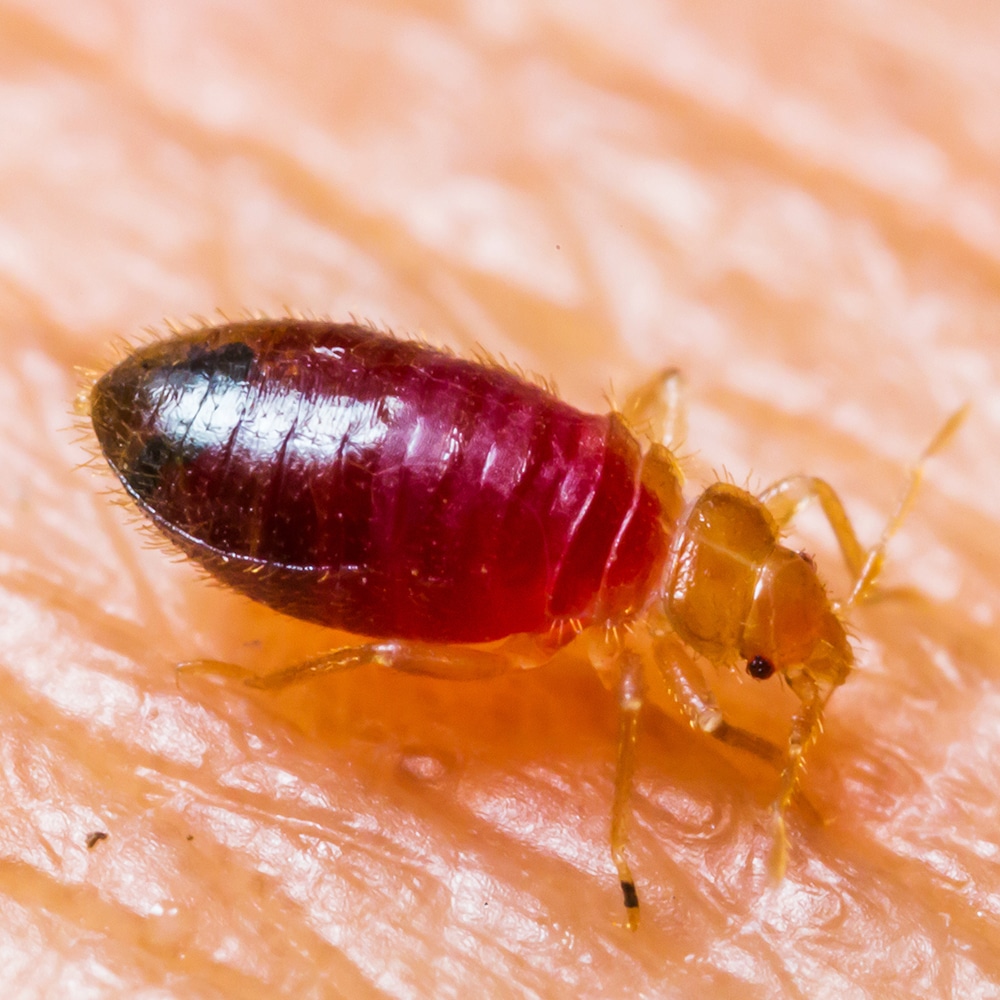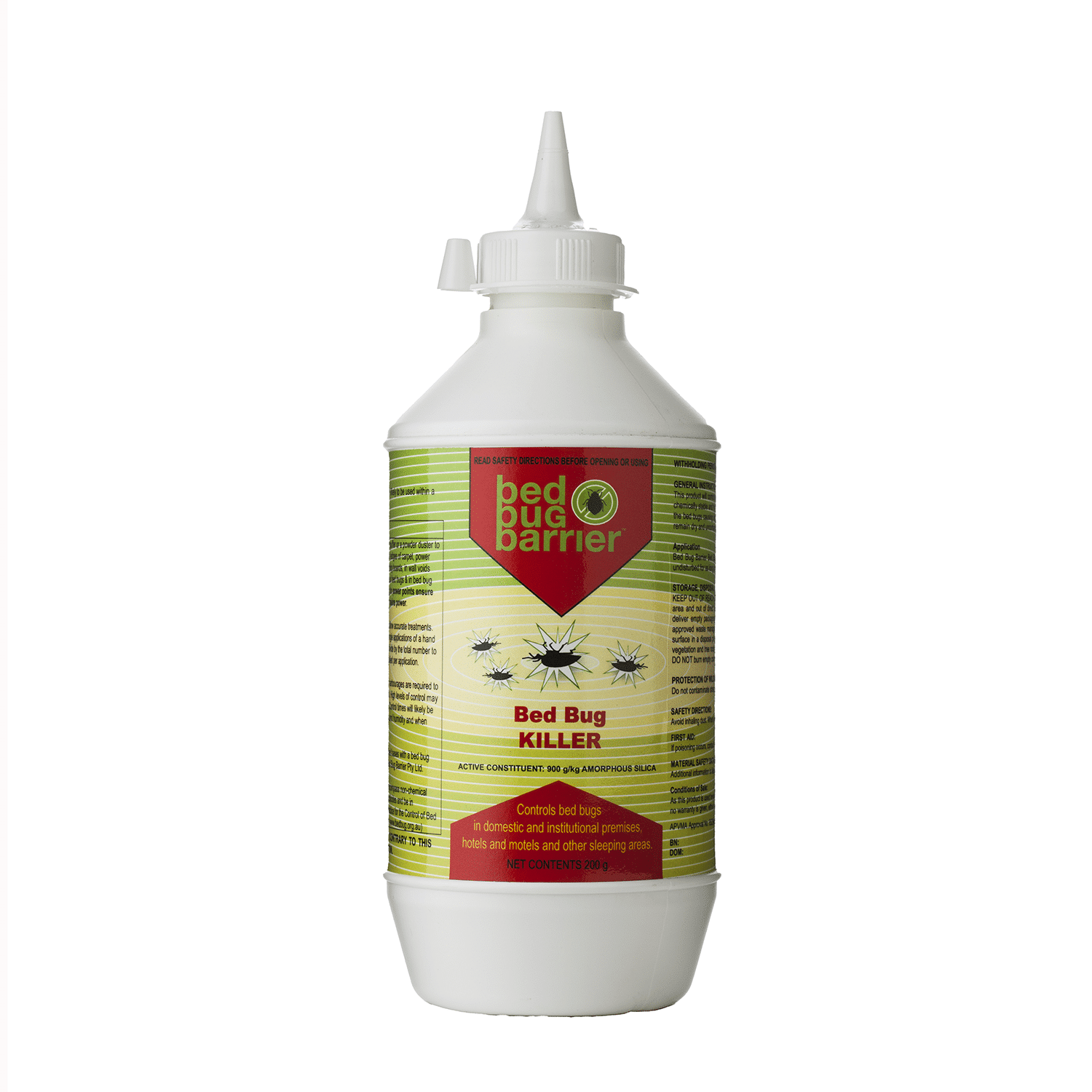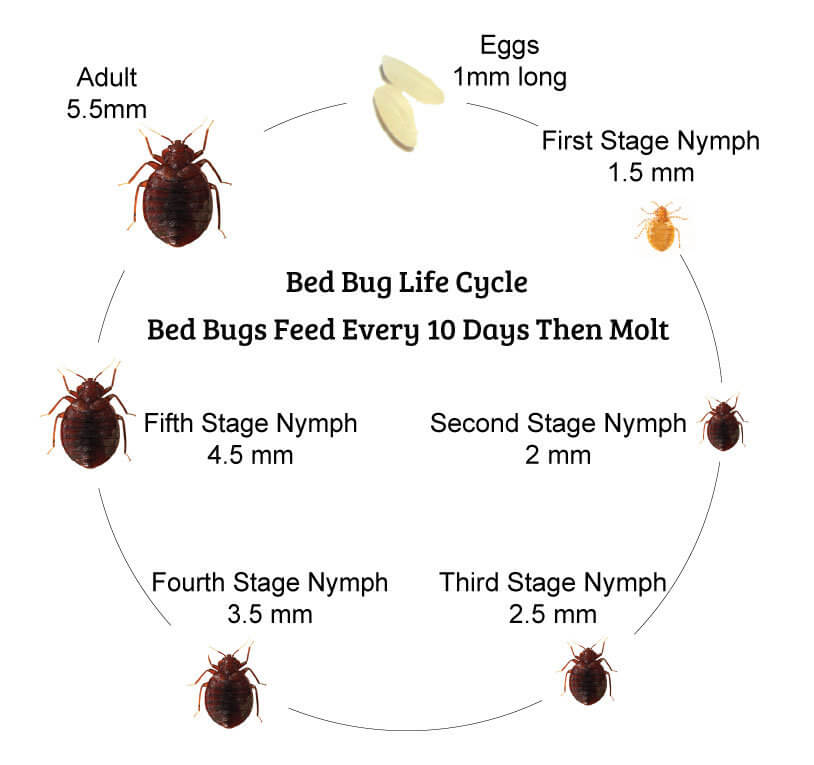
In the article
Last Updated on 23/03/2025 by Tony Abrahams
You wake up itching. You pull back the sheets. You spot weird bites across your arms, legs, or back. And now you’re here, asking the question no one wants to ask: “What do bed bugs eat?”
Because if they’re not snacking on crumbs or chewing through wood like termites…then what are they feeding on? Let’s just rip the plaster off: It’s your blood.
What Do Bed Bugs Eat?
Bed bugs eat blood. Human blood. That’s it. No crumbs. No dust. No pizza crusts down the side of the mattress. Just you.
They’re like mini vampires, but way less cool and a lot more disgusting.
And they don’t just bite once. Each adult bed bug can feed for 3 to 10 minutes per meal. Then they crawl back to their hiding spots — inside your bed frame, mattress seams, power sockets, wall cracks — and digest in peace.
Some people don’t even feel the bite at first. That’s because bed bugs inject an anaesthetic so you don’t wake up. Then they pump in an anticoagulant to stop your blood from clotting.
This isn’t just a few itchy bumps. It’s a targeted assault while you’re sleeping.

What Do Bed Bugs Eat
What Do Bed Bugs Eat if You Are Not Around?
You might think: “I’ll leave the house for a few days. They’ll starve and die off.” Nah. They’re smarter than that.
If bed bugs can’t get to you, they’ll go after your pets. Dogs, cats, birds, even rats — if it has blood and body heat, it’s a buffet.
Here’s the kicker: They don’t live on your pets like fleas do, but they’ll crawl out, feed, and retreat right back to their hideout.
So even if you’re away, the infestation is still active. And your poor pets? They’re stuck with the fallout. This is one of the biggest emotional triggers for homeowners —especially families with kids and animals. And here’s what you need to understand:
If you don’t stop bed bugs properly, they’ll keep finding someone to feed on.
What Do Bed Bugs Eat? Not What You Think
Here’s a myth that trips people up: “If I just clean better, I’ll get rid of them.” Nope.
Bed bugs don’t care how clean your home is. You can vacuum twice a day. Wipe every surface. Steam-clean your sheets.
But unless you’re removing their food source (a.k.a. you), you’re still on the menu.
They don’t eat:
- Dust
- Food crumbs
- Dead skin
- Furniture
- Fabric
Their mouth isn’t made for chewing. It’s built like a straw. All they do is suck blood. So you can’t poison them with bait or starve them with a diet plan. Only one thing works —block their access to your body and kill them off for good.
What Do Bed Bugs Eat – And How Long Can They Wait?
Bed bugs are patient. Terrifyingly patient. If they don’t get a meal right away, they don’t die. They go into stealth mode.
Adults can survive for 4 to 12 months without feeding — especially in cooler rooms or if they’ve already fed recently.
Nymphs (the baby bugs) don’t last as long, but still weeks.
So if you’re thinking: “I’ll just sleep in the lounge for a while…” All you’re doing is giving them more hiding places.
They’ll wait you out. They’ll find a way. And when you come back… they’ll feed again. Bottom line? You can’t outrun or outwait bed bugs. You need to stop them with something that works long-term.
What Do Bed Bugs Eat – And How Can You Tell They Have Been Eating?
Here’s how most people find out they have a problem: They see the aftermath.
You wake up with:
- Itchy, red bumps
- Bites in clusters, straight lines or zig-zags
- Blood stains on your pillow or sheets
- Tiny black dots (dried faeces) near your bedhead or seams
- A sweet, musty smell in the bedroom (yep — that’s their scent glands)
The most common places for bites? Your arms, neck, shoulders, back, hands, and legs. Anywhere exposed while sleeping.
You might brush it off as mozzie bites or allergies at first. But if it keeps happening — and you’re seeing blood dots —you’re not imagining it. They’re there. They’re feeding. And if you’ve spotted one, there are probably dozens more.
What Do Bed Bugs Eat – And How Do You Get Them to Stop?
Here’s the part that matters most. You’ve learned what bed bugs eat. Now you need to know how to cut them off at the source.
You can’t:
- Bomb your room and hope for the best
- Buy a cheap trap online and cross your fingers
- Spray supermarket insecticide and expect long-term results
You can:
✅ Use steam to kill bed bugs on contact
✅ Apply Diatomaceous Earth (DE) powder that keeps working for years
✅ Set up bed leg traps to stop them from climbing up and feeding

Diatomaceous Earth ( Bed Bug Killer powder)
At Bed Bug Barrier, we’ve built a proven system called the Bed Bug Isolation Method.
It does three things:
- Kills bed bugs instantly
- Prevents re-infestation for the long haul
- Lets you sleep in your bed the same night
It’s 100% non-toxic. Safe for kids. Safe for pets. And way cheaper than hiring a pest controller.
People use it once — and that’s it. No reapplying. No ongoing costs. No guesswork.
So… What Do Bed Bugs Eat? They eat blood. Your blood. Your family’s blood. Your pet’s blood.
And they’ll keep feeding until you break the cycle.
If you want to sleep without worrying about what’s crawling on you at 2AM… If you want instant and long-term protection from bed bugs…
👉 Shop the Bed Bug Barrier DIY System Now
What do bed bugs eat? Let’s make sure it’s not you anymore.
Frequently Asked Questions
- What foods do bed bugs eat?
Bed bugs don’t eat regular food. They don’t care about crumbs, leftovers, or anything in your kitchen. They survive by drinking blood — mostly human blood, and sometimes from pets if they can’t reach you. Their mouths are designed to pierce skin and suck blood, not chew food. - Where do bed bugs find food?
Bed bugs find food by locating sleeping humans. They use your body heat, breath (carbon dioxide), and scent to track you down. They usually hide in places close to the bed — like mattress seams, bed frames, and wall cracks — then crawl out at night to feed. - What tastes do bed bugs like?
Bed bugs don’t taste food like we do. They’re only interested in blood, with a strong preference for human blood. They don’t go for sweet, salty, or savoury things — just a warm, still body to feed on while you sleep.
Are You Looking for an Organic DIY Treatment?




Leave a Reply